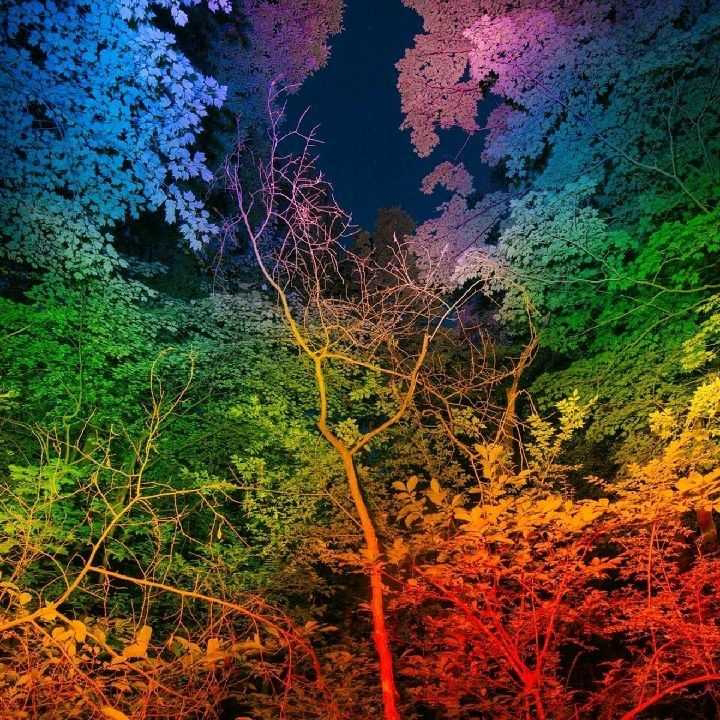The Science of the Sleep
THE SCIENCE OF THE SLEEP
What is sleep?
Sleep is a sedentary state of mind and body. It is characterized by altered consciousness, relatively inhibited sensory activity, reduced muscle activity and reduced interactions with surroundings.[1] It is distinguished from wakefulness by a decreased ability to react to stimuli, but more reactive than a coma or disorders of consciousness, with sleep displaying different, active brain patterns.
SLEEP PROCESSES
Two body processes control sleeping and waking periods. These are called sleep/wake homeostasis and the circadian biological clock.
With sleep/wake homeostasis, the longer you are awake, the greater your body senses the need to sleep. If this process alone was in control of your sleep/wake cycles, in theory you would have the most energy when you woke up in the morning. And you would be tired and ready for sleep at the end of the day.
But your circadian biological clock causes highs and lows of sleepiness and wakefulness throughout the day. Typically, most adults feel the sleepiest between 2 a.m. and 4 a.m., and also between 1 p.m. and 3 p.m. Getting plenty of regular sleep each night can help to balance out these sleepy lows.
Your body’s internal clock is controlled by an area of the brain called the SCN (suprachiasmatic nucleus). The SCN is located in the hypothalamus. The SCN is sensitive to signals of dark and light. The optic nerve in your eyes senses the morning light. Then the SCN triggers the release of cortisol and other hormones to help you wake up. But when darkness comes at night, the SCN sends messages to the pineal gland. This gland triggers the release of the chemical melatonin. Melatonin makes you feel sleepy and ready for bed.




Great content. I love it.
ReplyDeleteFabulous man👍...keep it up
ReplyDeleteThanks men
Delete